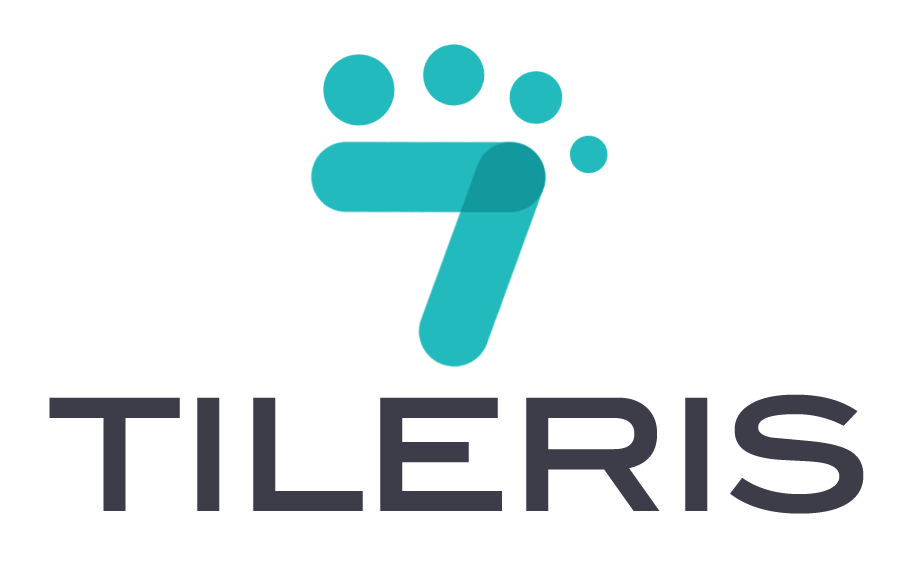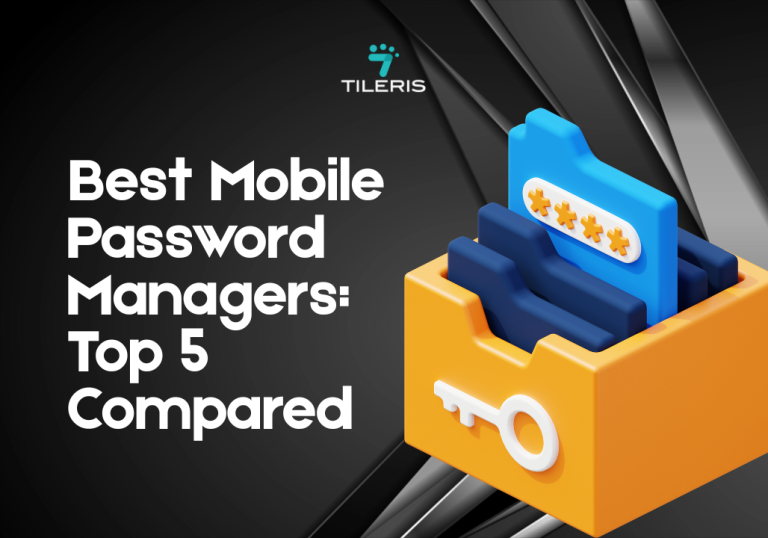The Cybersecurity Mindset: How to Think Like a Security Professional
Introduction
There’s something fascinating about the way cybersecurity professionals think. It’s not just about knowing which firewall to install or how to detect a phishing scam. It’s a mindset, a way of viewing the digital world through a lens of curiosity, skepticism, and constant vigilance.
You might think this mindset is reserved for hackers-turned-white-hats or IT folks holed up in dark rooms. But in reality, developing a cybersecurity mindset is something anyone can do, especially in a world where cyber threats are part of everyday life.
Regardless of your role, startup founder, remote worker, or weekend side-hustler managing customer data, thinking like a security professional could save you from devastating loss
So, what exactly does it mean to think like a cybersecurity pro? And why should it matter to you? Let’s break it down.
Smart Security Begins with Vigilance
Cybersecurity professionals aren’t necessarily fearful people. But they are, by default, skeptical.
They don’t take things at face value. When a new tool asks for permissions, they want to know why. When a system behaves differently, they assume there’s a reason and it might not be good.
Security experts are constantly asking questions: What could go wrong here? What if someone tries to exploit this feature? What would I do if I were trying to break in?
This isn’t about being anxious all the time. It’s about being curious and cautious, two qualities that are often underrated in our hyper-speed digital age.
Understand That Everything Is a Target
A common misconception is that hackers only go after “big fish.” You might hear people say, “I’m too small to be a target.” But attackers often go after the low-hanging fruit; smaller businesses, under-protected apps, even personal email accounts, because they’re easier to exploit.
In fact, a 2023 Verizon Data Breach Investigations Report showed that 74% of all breaches involved a human element, including things like phishing and poor password hygiene.
That means the majority of attacks don’t happen because of some advanced AI-powered hack, they happen because someone clicked a bad link or reused the same password across platforms.
Cybersecurity professionals understand this, there’s no such thing as “not important enough.” If you have data, access, money, or even just identity information, you’re a potential target.
Embrace the Concept of “Assume Breach”
One of the biggest mental shifts in cybersecurity is the idea of assume breach. In traditional IT thinking, the goal was to build walls high enough to keep attackers out. But modern cybersecurity assumes that the walls will be breached, it’s just a matter of when and how.
Instead of focusing only on prevention, professionals design systems with detection, response, and recovery in mind. They ask:
- How quickly can we spot an intruder?
- What systems can they access once inside?
- How do we limit the blast radius?
This mindset of planning not for if something goes wrong, but when, can completely change how you design apps, pick software, or store your passwords.
Think In Layers, Not Just Walls
Security isn’t a one-and-done job. It’s not just installing antivirus software and calling it a day. It’s about defense in depth. That means creating multiple layers of protection, like locking your door and having a camera and keeping valuables in a safe.
Cybersecurity professionals think in layers because they know no single measure is perfect. If multi-factor authentication fails, maybe access logs catch it. If a firewall misses an intrusion, maybe endpoint detection picks it up.
In the same way, if you’re running a business or managing user data, think about how you can layer your defenses. Don’t just rely on one tool or setting. Create redundancies that give you breathing room if one layer fails.
Make Security a Habit, Not a Chore
A cybersecurity mindset isn’t something you flip on once a year when it’s time for compliance. It’s built through small, daily habits, just like going to the gym or brushing your teeth.
Things like:
- Thinking twice before clicking that link
- Verifying the source of an unexpected email
- Updating software regularly
- Using password managers instead of memorizing “Superman123”
The more you make these habits automatic, the more secure you become, without needing to be a full-time infosec pro.
Learn From Real Attacks
Nothing shapes a security mindset faster than seeing how real-world breaches happen. Take the famous 2013 Target breach, for instance. Hackers got in through a third-party HVAC vendor. Not because Target had weak tech, but because they didn’t properly vet a smaller partner’s access. The cost? Over $200 million in damages.
Or consider the 2020 Twitter hack, where attackers tricked employees into handing over credentials through social engineering. These weren’t complex technical hacks. They were psychological plays.
Security professionals study these incidents obsessively. Not to panic, but to learn. To understand how attackers think, and how systems and people fail. If you want to think like a security pro, don’t just read best practices. Read post-mortems.
Connect Security to Human Behavior
Here’s something that separates seasoned pros from checkbox-followers, they understand that most cybersecurity issues aren’t technical, they’re human.
The best firewall in the world won’t protect you if someone gives away their credentials over the phone.
That’s why professionals spend so much time on training, awareness, and even UX design. Security that frustrates users will eventually be bypassed.
So yes, use the tools. But also invest in culture. Teach your team. Build trust. Make security everyone’s job, not just the IT department’s burden.
Keep Learning. The Threats Don’t Stop
Cybersecurity isn’t a finish line. It’s a moving target. New vulnerabilities are discovered every day. Attack methods evolve. AI is changing how both defenders and attackers operate. If you want to think like a security professional, you have to adopt a growth mindset.
Read blogs. Follow researchers on X (Twitter). Subscribe to threat intelligence updates. Join security forums. You don’t need to understand every CVE (Common Vulnerabilities and Exposures), but staying informed helps you make better choices.
And when in doubt, Ask questions. Hire a consultant. Reach out to your tech-savvy friend. The worst mistake isn’t being unsure, it’s assuming you’re safe when you’re not.
Conclusion
You don’t have to be a certified security analyst to think like one. Thinking like a cybersecurity professional means seeing risk where others see convenience. It means asking “what if?” before things go wrong. It’s about curiosity, continuous learning, and a healthy dose of skepticism.
In a digital world that’s becoming more connected, and more vulnerable, this mindset isn’t just useful. It’s necessary.
So start small. Question assumptions. Practice good habits. Learn from real stories. And most of all, stay curious. Because in cybersecurity, the moment you stop thinking like a professional… is the moment you become a target.
Ready to Fortify Your Digital Defenses?
To help you take the next step, we’ve created a free security checklist packed with simple, actionable steps to boost your online protection. It’s designed to make cybersecurity feel less daunting and more achievable. Just go on and grab your copy
If you’re looking for more personalized guidance and hands-on support, our experts are ready to help. You can easily request a free consultation through our website. We’ll chat about your specific needs and help you map out a path to stronger security.
Or, if you’re curious to see how cutting-edge technology can enhance your defenses, why not request a demo of Tileris AI Agents? See firsthand how our innovative solutions work in real time to protect you. Just fill out the contact form on our site, and we’ll show you the future of cybersecurity.






